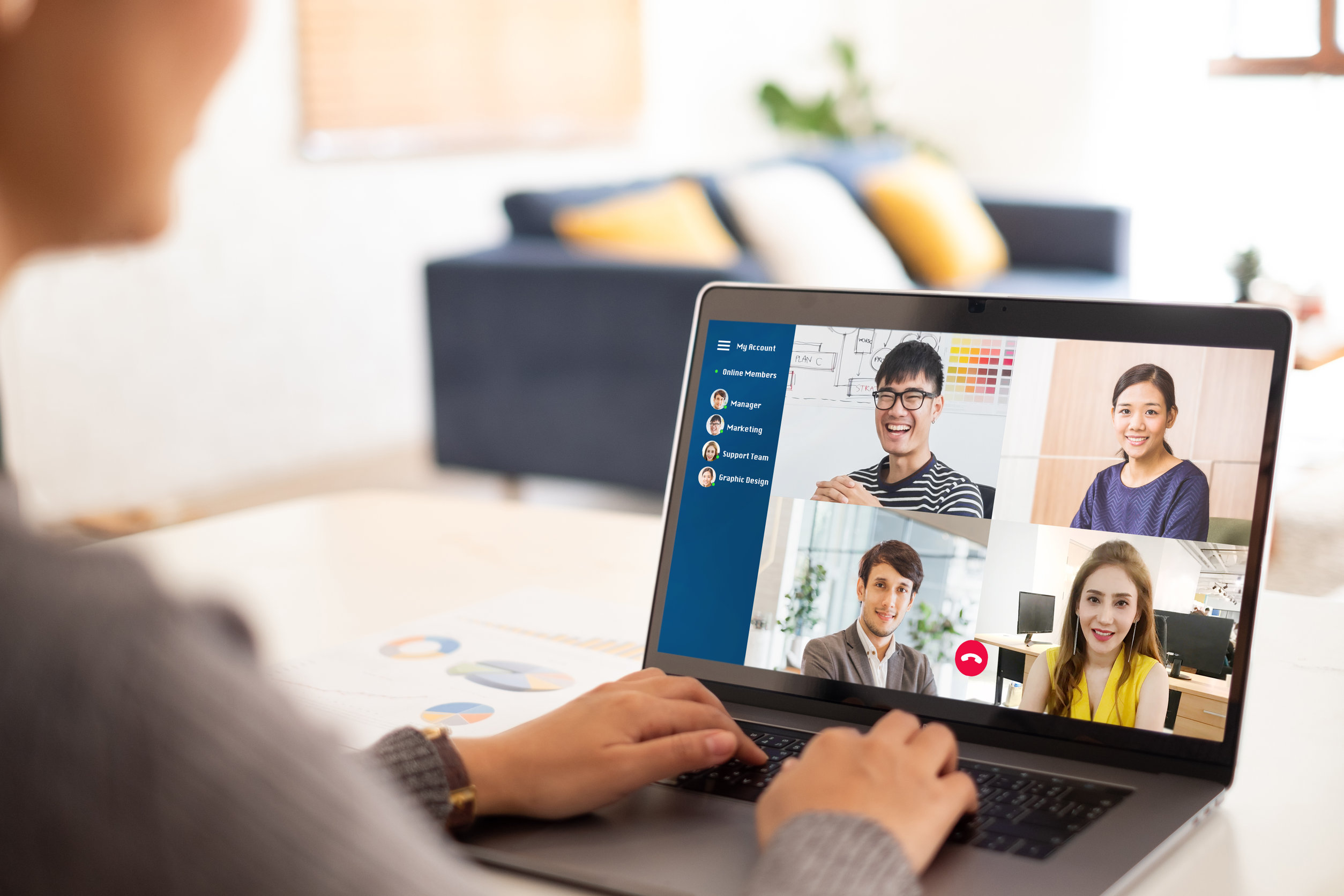Reimagining employee experience for a hybrid workforce
- Shawn Liew

As the pandemic continues to alter the way we work, organisations are trying to manage the impact that remote and hybrid working have on employees to maintain and enhance how they perform, said Dr George Margrove, Principal Psychologist, Peakon, a Workday company.
Speaking at a recent webinar organised by Workday and HRM Asia that examined the transition to a hybrid workforce, Margrove added, “If there’s too much remote or hybrid working, it can make it harder for organisations to engage employees and make them feel part of a wider culture.”
To remove feelings of disconnect and isolation, organisations are aware that they need to elevate employee engagement. However, most are just not well-equipped or ready to act, causing overall engagement to drop, said Wong Pei Woan, Head of Solution (HCM), Asia, Workday, while emphasising the importance of employees feeling connected to company culture.
To ensure the best outcomes for employees, Margrove suggested giving employees control over when, how, and where they work, so that their specific needs and requirements are met. Perception of fairness is also important, as employees want to see that rules are equally applied, and they do not feel that they are being treated differently or having less opportunities than others to engage in remote or hybrid working.
Mangrove continued, “Then, ensure employees understand what’s happening in the organisation, what leaders are planning, what new developments there are, and provide them with information about support, work arrangements, team goals, team activities, and progress.”
He also recommended that employee surveys are frequently carried out in a flexible manner, so that organisations can understand what employees think, feel, value, and where they need support.
For HR and business leaders who are planning and preparing for hybrid working models, they need to first define what hybrid work means for their organisation and recognise that the needs of every individual are different, said Indrijati Rahayoe, CHRO, Prudential Indonesia.
In sharing how Prudential Indonesia recently allowed employees to return to the office at least once a week on a trial basis, Indrijati added, “Leaders need to continuously engage with employees to understand how they can make the return to the office work, and what support to provide to employees.”
Agreeing with Indrijati’s assessment, Tricia Duran, Global HR Leader, Consultant and Coach, suggested that a framework consisting of agile working tech, agile working spaces and agile policies should be put in place so that employees can pick a combination that works best for them.
Prudential Indonesia is also applying data and analytics to understand the demographics of employees, including understanding the employees are the most impacted during the pandemic. Data and analytics can also help to reduce attrition, as Duran pointed out, “We can predict the likelihood of risk for an employee to leave the company and therefore, steer the conversation around how we manage an employee’s career, as well as rewards and recognition.”
Additionally, Indrijati also reported on how Prudential Indonesia’s e-learning modules – supported by Workday – have seen consumption increased significantly during the pandemic. “People like e-learning because they can choose which time is comfortable for them to learn, and employees are now understanding the importance of continuous upskilling and reskilling.
Improving employee experience a priority
With organisations now focused on helping employees create a sense of belonging and discover purpose, employee experience (EX) today ranks as the priority for every CEO, CHRO, and CIO, said Workday’s Wong.
Drawing on research from Gartner, she explained, “By 2022, 75% of organisations will include EX improvement as a performance for HR and IT, but many are still struggling to improve EX.”
One of the challenges in EX, Wong said, is how people are struggling to maintain connection and productivity in this new world of work and digital spaces. “For example, a sub-par virtual onboarding experience may leave employees feeling disconnected,” she described. “Employees need a solution that meets their fundamental needs through personalisation and prediction.”
In response, organisations are beginning to formulate strategies that promote the mental and physical wellbeing of employees. Organisations that do not focus on wellbeing, Wong cautioned, often see lower productivity, higher absenteeism, and higher attrition.
A sense of belonging or inclusivity is also important. Otherwise, employees do not fully contribute to the organisation. However, some leaders are facing challenges in motivating and engaging with employees. “Leaders are asking themselves: How do I focus on motivating people, when I do not even know who is not motivated?” Wong highlighted.
She also urged organisations to address complex systems, an unhealthy environment, inadequate belonging measures, and lack of leader training, as these restrict employees from delivering optimum performance and reaching self-actualisation.
“Employees want to feel recognised; they want to be rewarded for their contributions, and they want to feel that they are actually bringing value to the organisation they belong in,” Wong concluded.
Click here to view the full webinar session, and find out how you can reimagine employee experience in your organisation.






